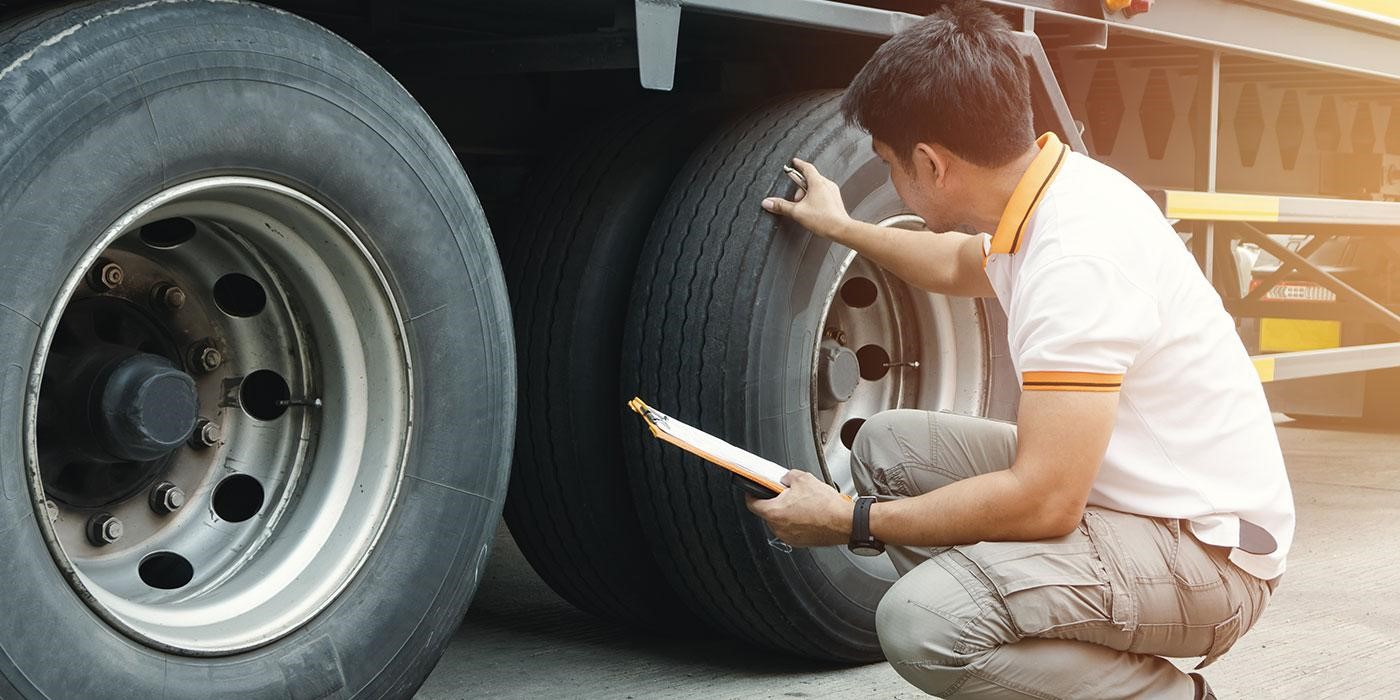Automotive: How to Best Operate and Maintain Your Truck
Operating and maintaining a commercial truck or tractor-trailer rig is no easy task. The responsibilities of being an over-the-road trucker are significant. However, by following some tried-and-true trucking wisdom passed down from experienced drivers, you can set yourself up for success.
Develop Your Driving Skills and Techniques
Learning the proper skills, habits, and mindsets takes time. But sticking to the fundamentals allows you to safely traverse millions of miles in a trucking career.
Fundamentals of Safe Truck Driving
- Maintain proper speed for conditions – Not too fast or too slow. Modulating speed is key for safety.
- Drive defensively – Assume other drivers will make mistakes. Give yourself outs.
- Check blind spots thoroughly – Double-check them before any maneuvers.
- Secure cargo properly – Prevent shifting loads, which can cause rollovers.
- Inspect equipment routinely – Find issues early before they become major problems.
Critical Driving Techniques
These advanced skills take time but are vital for safe truck operation:
- Proper mirror use – Constantly scan mirrors to maximize visibility around the rig.
- Backing maneuvers – Essential for docking/loading. Master straight line, alley dock, parallel parking.
- Shifting gears – Develop smooth upshifting/downshifting for optimal fuel efficiency.
- Inclement weather driving – Adjust speed, following distance, and acceleration/braking appropriately.
- Mountain driving – Use lower gears for engine braking downhill and proper gear selection uphill.
Best Practices for Maintaining Your Rig

Keeping your tractor-trailer in sound mechanical condition via preventative maintenance is also paramount for the safe and reliable transportation of goods.
Routine Maintenance Best Practices
- Conduct walk-around inspections – Check for leaks, loose parts, tire pressure, etc.
- Follow manufacturer service intervals – Don’t skimp on factory-recommended fluid changes, lubrication, and adjustments.
- Wash rig regularly – It keeps various components cleaner and aids inspections.
- Inspect air and fuel filters – Replace them at intervals to prevent issues down the road.
What to Monitor Closely
Regular monitoring of these systems and components lets you spot problems early:
- Engine oil level and quality – Low quantity or dirty oil leads to serious mechanical issues.
- Coolant system – Lack of coolant or leaks leads to catastrophic overheating.
- Tires – Improperly inflated tires wear out faster, hurt fuel economy, and blow out easier.
- Brakes – Your (and other motorists!) safety depends on properly functioning brakes.
When Issues Arise
If a problem surfaces, address it ASAP:
- Notice any new noises, leaks, or vibrations? Diagnose the cause immediately.
- Are there any new warning lights or fault codes? Scan vehicle computer to identify.
- Consult the owner’s manual. Seek help from a trusted commercial mechanic if needed.
- Address problems early before they leave you stranded roadside!
Key Truck Maintenance Jobs You Can Do Yourself
While you’ll require a shop for major work, there are several tasks you can tackle yourself:
Routine Maintenance DIYs
- Oil changes – Less downtime if you handle yourself. Follow manufacturer specs on weight and change intervals.
- Tire rotation – Rotate every 5K-10K miles to increase tread life.
- Replacing wiper blades – Integral for driving in rain/snow. Replace every 6 months.
- Fuel filter changes – Cheap part to swap out every 15K miles or so, along with fuel tank strainers. Keeps fuel system contaminant-free.
- Adding fluids – Top up windshield washer fluid, DEF fluid, and coolant overflow tank as needed.
Basic Repairs
With some instruction, equipment, and know-how, you can also perform:
- Battery testing and replacement – Carry spare fuses, cables, and tools to test/swap the battery yourself.
- Headlight/bulb replacement – Carry spares and be able to swap bulbs roadside at night if needed.
- Starter replacement – Stock a spare starter if feasible to get rolling again if yours fails.
- Hose and belt changes – Have spare radiator/heater hoses and fan belts on hand for DIY repairs.
Essential Tools and Spare Parts To Carry
To enable roadside repairs and maintenance yourself, equip your rig with:
Recommended Tools
- Basic Mechanic’s Toolset – At minimum, have standard/metric wrenches, ratchets, sockets, pliers, and screwdrivers.
- Electrical Repair Kit – Fuses, splice connectors, wire, crimpers, test light, flush cutters, etc.
- Jumper Cables – Boost a dead battery or help other truckers if needed.
- Jack Stands, Floor Jack – Safely support tractor/trailer for repairs like tire changes.
- LED Work Light(s) – See clearly into dark wheel wells and engine bays.
- Tire Pressure Gauge – Identify and adjust low pressures causing uneven wear or blowouts.
Recommended Truck Spare Parts
Having these common wear parts and components on standby prevents delays:
- Extra fuses (various amps)
- Spare turn signal, headlight, running light bulbs
- Extra fluids – Oil, coolant, power steering, brake, transmission
- Spare starter, alternator
- Fan and accessory belts
- Radiator hoses
- Spare truck tires
- Spare fuses, lights, belts hoses.
Being prepared with ricambi veicoli industriali at hand and the ability to tackle roadside repairs separates professionals from amateurs out on the highway.
Investing in maintenance pays its dividends through hundreds of thousands of miles of reliable trucking. Master that, and a long, prosperous trucking career lies ahead!
